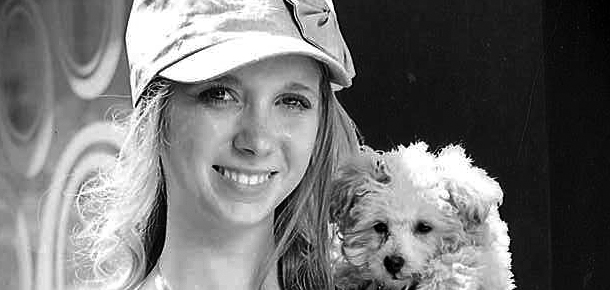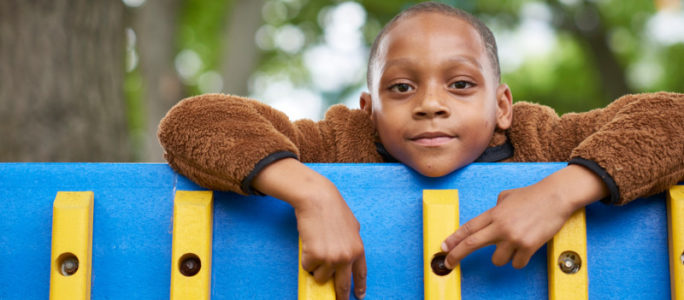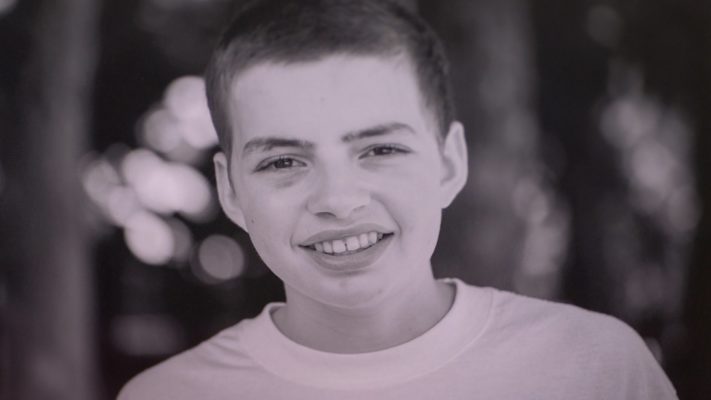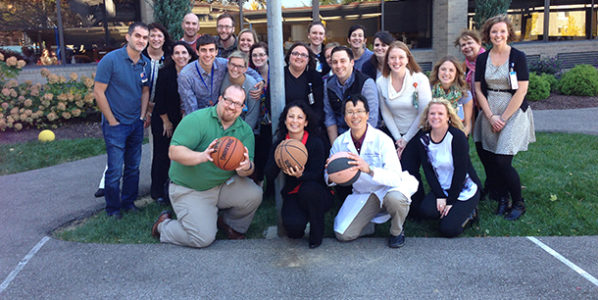I don’t think it’s too far of a stretch to say that anyone who has read or seen Lauren Hill’s story has been touched by her courage, strength, and selflessness in some way.
Lauren Hill has diffuse intrinsic pontine glioma (DIPG), a rare and fatal brain tumor located in the pons (where the spinal cord meets the brain). It is inoperable due to where it is located in the brain because the pons is the area that is necessary for survival. The tumor also spreads into healthy surrounding tissue.
About 100-150 new cases are diagnosed in the United States each year. The majority of patients do not survive past 2 years from diagnosis. Patients diagnosed with DIPG typically live 7-14 months after the onset of symptoms.
Lauren found out she had the disease in October 2013 yet she is spending her time raising awareness for this very rare type of pediatric cancer. Why?
With awareness comes research funding. Treatment for DIPG has not advanced in 30 years. The reality is that there’s not a whole lot we, the medical community, can do to stop the progression of the disease. Sure, we are able to provide radiation and chemotherapies which will slow it down for a few months, biding patients and their families precious time together. But it always comes back.
We need more research funding because we don’t know enough about the disease to develop curative treatments for it. Only four cents of every dollar the government spends on cancer research is dedicated to pediatric cancer. Then only a smaller subset is allocated to brain cancer. And an even tinier percentage is allotted to uncommon pediatric brain tumors like DIPG.
What we do know about DIPG is that it happens abruptly. Symptoms are a little bit different for everyone, but can include headaches, nausea, fatigue, double vision, weakness in limbs, difficulty speaking and walking, and confusion. It most commonly happens in children ages 6-9, but we have treated children as young as 15 months and as old as 25 years.
Currently what we can do for patients with DIPG, in addition to chemotherapy and radiation, is to control their symptoms, provide comfort, and to help them carry out whatever end-of-life missions and dreams they might have. Some want to go on a meaningful vacation with family members. Others want to continue going to school.
For Lauren, she wants to raise awareness of this awful disease so that others will not have to go through what she has, and to play her first and last college basketball game. So with her neuro-oncology team, under the leadership of Dr. Maryam Fouladi, along with members of our multidisciplinary team including nursing, rehabilitation, psychology and social work, we are doing everything we can to help Lauren fulfill her dreams.
The Brain and Spinal Tumor Program that I am a part of is grateful for the research funding that we have received from foundations started by generous families: the Cure Starts Now Foundation, the Jeffrey Thomas Hayden Foundation, Sophie’s Angel Run and the Pray~Hope~Believe Foundation.
The DIPG Collaborative donated funds to develop the International DIPG registry, which is based at Cincinnati Children’s. This is an international collaborative effort among physicians and researchers from North America, Canada, Europe and Australia to collect clinical data and tumor samples from DIPG patients in order to better understand the disease and ultimately find a cure. The European DIPG Registry is run in parallel by colleagues from Europe and is also funded, in part, by the DIPG Collaborative.
Through generous tissue donations from patients’ families we have started to learn more about the biology and genetic makeup of the disease. We are currently studying a drug that could potentially target a pathway that is activated in this disease.
But so much more needs to be done, and we need more research dollars in order to do it. 4% of the federal research funding is not enough to find a cure. Patients like Lauren deserve better. We owe it to them.
Please consider making a donation to the Cure Starts Now Foundation in Lauren Hill’s name or you can directly support the brain tumor research program at Cincinnati Children’s (make sure you indicate at the bottom of the page that it is a gift in honor of Lauren Hill) to help us better understand this disease and to ultimately find a cure.
Editor’s note: The neuro-oncology team recently took the Layup 4 Lauren challenge, to help Lauren accomplish her mission of spreading awareness and research funding for #DIPG. You can watch it here.






Great job Mariko DeWire. Praying for the day that “We will change the outcome.” Families and patients deserve so much more. LAUREN and I believe GRAY is the new Pink. Hope we can make it happen.